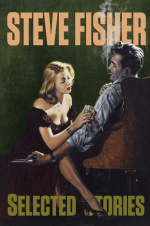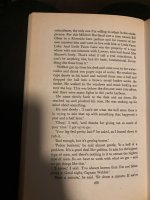Noir
Film noir (
/nwɑːr/; French:
[film nwaʁ]) is a cinematic term used primarily to describe stylish
Hollywood crime dramas, particularly those that emphasize cynical attitudes and motivations. The 1940s and 1950s are generally regarded as the "classic period" of American
film noir. Film noir of this era is associated with a
low-key,
black-and-white visual style that has roots in
German Expressionist cinematography. Many of the prototypical stories and much of the attitude of classic noir derive from the
hardboiled school of
crime fiction that emerged in the United States during the
Great Depression.
[1]
The term
film noir, French for 'black film' (literal) or 'dark film' (closer meaning),
[2] was first applied to Hollywood films by French critic
Nino Frankin 1946, but was unrecognized by most American film industry professionals of that era.
[3] Frank is believed to have been inspired by the French literary publishing imprint
Série noire, founded in 1945.
Cinema historians and critics defined the category retrospectively. Before the notion was widely adopted in the 1970s, many of the classic films noir
[a] were referred to as "
melodramas". Whether film noir qualifies as a distinct
genre or whether it is more of a filmmaking style is a matter of ongoing debate among scholars.


